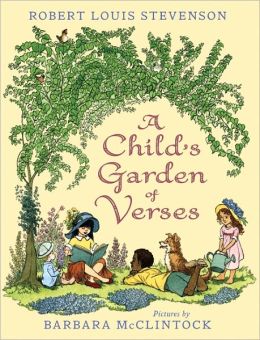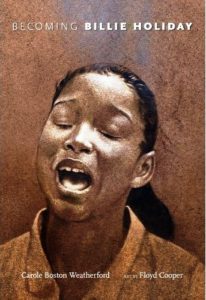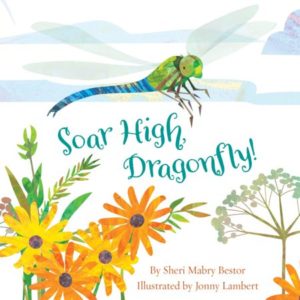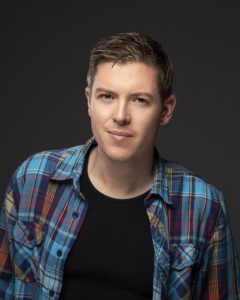
This month’s Author/Illustrator Interview is with Fred Koehler, who first got on my radar at the 2017 SCBWI regional conference in Miami. I was sitting in the back row for the Heidi Stemple and Jane Yolen Picture Book Intensive, and this quiet, red-haired dude slipped into the chair behind me as the event started, and he ended up doodling/drawing/sketching the entire time. During one of the breaks, I finally asked him who he was and what kind of work he’d done, if any.
Fred kind of shrugged and said he’d done “a few things” and “had another thing coming out,” but didn’t give any indication that he was talking about his illustration work on “things” like One Day, the End and This Book Is Not About Dragons, as well as his own author/illustrated books How to Cheer Up Dad and Super Jumbo.
Way to slow play it, Fred.
Just in case you don’t yet have the full 411 on the fun coolness that is Fred, here are Five Fredtastically Freddifying Facts to help you out. Only one fact is an “alternate fact,” meaning 100% completely fakeroo-false. (If you can’t tell which one’s the fabricated falsehood, I’ll dish that answer in the finale of this interview.)
 1—He’s got a dog named Cheerio Mutt-face McChubbybutt.
1—He’s got a dog named Cheerio Mutt-face McChubbybutt.
2—There’s an official Penguin Kids promo video for How to Cheer Up Dad where Fred gets hit in the face with Silly String and then a whipped cream pie.
3—Fred broke the Guinness World Record for having the largest traveling children’s book.
4—Fred bet me I couldn’t work 13+ words that begin with F in a single short bio-style paragraph.
5— Fred’s real-life misadventures include sunken boats, shark encounters, and a hurricane.
Need a bit more to REALLY feel like you know Fred? Here’s a KidLit TV video where he shows you how to draw a puppy!
With that, we’re ready. We’re set. It’s time to Fred it on!
Website: https://www.ilikefred.com/
Facebook: https://www.facebook.com/superfredd
Twitter: https://mobile.twitter.com/superfredd
Instagram: https://www.instagram.com/fred_koehler_/
Goodreads: https://www.goodreads.com/author/show/7135838.Fred_Koehler
RVC: Let’s begin with the place where so much begins for you—Mitchell’s Coffee House. What’s the dealio?
FK: For me, every work space has a vibe and a specific energy. That energy might be emotional, psychic, kinetic (or it might all be in my head). Since I started going to Mitchell’s in college, it’s always been “home turf,” where good vibes flow and I can even go back behind the counter and refill my coffee if it’s busy.
RVC: You’re also pretty darn active in social media in a way that people seem to dig. What’s your seems-to-be-working philosophy?
FK: My formula is simple: Be open about my failures. Joke about them and learn from them in real time. I don’t go for perfect because my life is generally a mess. Perfect isn’t authentic or believable.
RVC: One of the constants in your path to success seems to have been SCBWI (Society of Children’s Book Writers and Illustrators). Share how that organization played a part in your own journey.
FK: I prefer to be a lone wolf, but I’m slowly realizing that you have to have community. For the publishing world, there’s no better community than SCBWI. Loads of like-minded people, great instruction, and specific opportunities to connect with publishing dealmakers.
RVC: Any tips on how SCBWI can help launch the careers for other authors, illustrators, and author/illustrators?
FK: I recommend showing up to make friends, not deals. Then you start to see it as a lifelong journey, not some prize you’re racing to win. You can find peace with where you’re at, and still keep the fire lit to get where you want to be.
RVC: Let’s pin this down. You’ve done illustrating. You’ve done author-illustrating. So, do you consider yourself to be a words-first or pictures-first story creator?
FK: I sold my first two books as author/illustrator. But before that, I wrote some really terrible stuff including a novel-that-must-not-be-named-and-will-never-be-published. Most stories play out in my head like a movie, complete with narrative voiceover and camera direction. I can choose to write down what the narrator is saying, sketch out what the camera is seeing, or even dive into the head of one of the characters and describe the story through their perspectives and biases.
All of that, in a nutshell, is my superpower.
 RVC: One of the benefits of being an illustrator is that you can justify a lot of trips for photographic/visual reference. (Okay, writers do this too!) When you illustrated Matt Forrest Esenwine’s picture book, Flashlight Night, you went a bit overboard with the research. What did you do to prepare you to illustrate that book?
RVC: One of the benefits of being an illustrator is that you can justify a lot of trips for photographic/visual reference. (Okay, writers do this too!) When you illustrated Matt Forrest Esenwine’s picture book, Flashlight Night, you went a bit overboard with the research. What did you do to prepare you to illustrate that book?
FK: Well, the manuscript called for castles and waterfalls, old ships and foreign shores. So, I did what any illustrator would do and hopped a flight to Manchester so I could bum up and down the UK for a few weeks and find photographic reference for all of these illustrations. I did it all the cheap–youth hostels and public transit.
I had just about every adventure that the characters had in the book. Made friends. Got lost. Even bled a bit. I’d do it again in a heartbeat.
RVC: You’re fortunate enough to call kidlit queen Jane Yolen a friend and a mentor. What are some of the most important lessons that she’s given you, explicitly or implicitly?
FK: Jane is famous for all sorts of great advice for writers. My favorite is about luck. She figures that luck makes its own path through the ether, wandering where it will to bless the heads and hearts (and wallets) of mortals at its own whimsy. But she also figures that there are things we can do as creatives to invite luck in, to nudge ourselves toward its path. Hard work is at the top of that list. If you’ve got a house in order and a bag packed when luck knocks on your door, you’ll be ready to join it on an adventure.
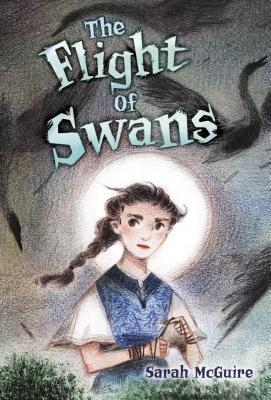 RVC: Since we’re talking about relationships with writers—what’s the best part about being married to another writer? (For those who don’t know, his wife is YA novelist Sarah McGuire, author of the terrific books Valiant and The Flight of Swans.)
RVC: Since we’re talking about relationships with writers—what’s the best part about being married to another writer? (For those who don’t know, his wife is YA novelist Sarah McGuire, author of the terrific books Valiant and The Flight of Swans.)
FK: This is kind of deep, but one amazing thing about Sarah is being able to know her through the books she reads and writes. When she tells me how the Chronicles of Narnia sent her racing through her home, opening cabinets and closets trying to find an entrance, I know that we share a sense of the numinous. Or if I read a scene she wrote about, let’s say, betrayal, I could feel how deeply that knife cuts for her. An honest writer lays bare their soul on the page, warts and all. Who else gets to read and fall in love with another person’s soul? We’re a lucky pair.
 RVC: Speaking of novels—talk a bit about how you moved your kidlit career from purely picture books to including a middle grade novel like Garbage Island (The Nearly Always Perilous Adventures of Archibald Shrew).
RVC: Speaking of novels—talk a bit about how you moved your kidlit career from purely picture books to including a middle grade novel like Garbage Island (The Nearly Always Perilous Adventures of Archibald Shrew).
FK: Story came to me most naturally through words, so novels were my first love. I was just awful at writing them. But the format of a picture books honed my ability to tell a story succinctly and to add depth and meaning in the negative space. So, when I sat down to pen a novel after working on numerous picture books, I had a new sense of vision for what it could be.
Writing coach Joyce Sweeney taught me a lot about novel craft. And I’d be remiss if I didn’t mention the Writer360 Breakout Novel Intensive as the training that filled in additional gaps in my novelist toolkit. And to bring everything full circle, that proactive work nudged me into the path of luck in the form of a publisher excited about whatever I came up with next. And when luck came knocking, I was ready.
RVC: Let’s look forward. You’re under contract to write The Sailing City (Boyds Mills Press, 2020), which is the sequel to Garbage Island. Can you share a little bit about that new book?
FK: The second novel was harder than the debut, and it’s still in first pass editorial so it’s hard to really even say. I half expect to get a letter saying, “Dear Fred, This sequel is an exceptional way to waste months of everyone’s time and 60,000 words.” But I’ll let you know.
RVC: You’ve been warned. I’ve been warned. All the elephants in Fred’s picture books have been warned. But here we all are—it’s time for THE SPEED ROUND! Fast Qs and equally fast As, please!
FK: Bring it!
RVC: Tater tots or French fries?
FK: Tots.
RVC: Best Saturday afternoon activity: fishing, writing, or drawing?
FK: I’m a fisherman first, artist second.
RVC: Coolest Harry Potter spell that doesn’t yet exist?
FK: Abra-ka-dinner.
RVC: The #1 picture book writer you’d LOVE to illustrate for?
FK: I don’t care who wrote it. Just send me a manuscript that’s equally brilliant, unusual, and impossible.
RVC: Best compliment by a child reader?
FK: I got a letter recently from a reader who loved Garbage Island, and subsequently started picking up trash in his neighborhood so it wouldn’t end up in the ocean. Does it get any better than that?
RVC: Three words that sum up your relationship with kidlit.
FK: Let’s stick with “brilliant, unusual, and impossible.”
RVC: Thanks so much, Fred! Much appreciated!
**For those of you who needed to cheat to figure out which of the Fred Facts is false, it’s #4. The over-the-top F business is all me. Blame OPB.


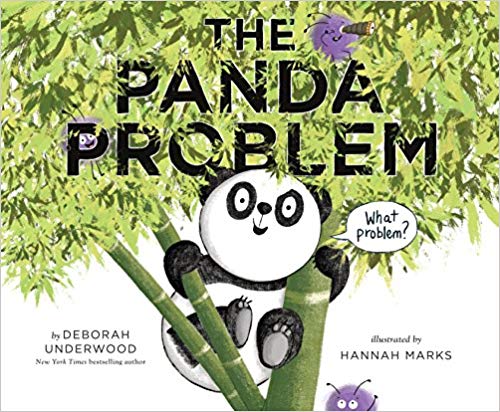

 This month’s Industry Insider interview is with Charlie Ilgunas, Associate Editor at Little Bee Books. Once I saw how his Twitter bio claimed that despite what Pottermore tells him, his Patronus is a capybara, I knew we’d get along famously—my unofficial Patronus is a penguin, after all!
This month’s Industry Insider interview is with Charlie Ilgunas, Associate Editor at Little Bee Books. Once I saw how his Twitter bio claimed that despite what Pottermore tells him, his Patronus is a capybara, I knew we’d get along famously—my unofficial Patronus is a penguin, after all!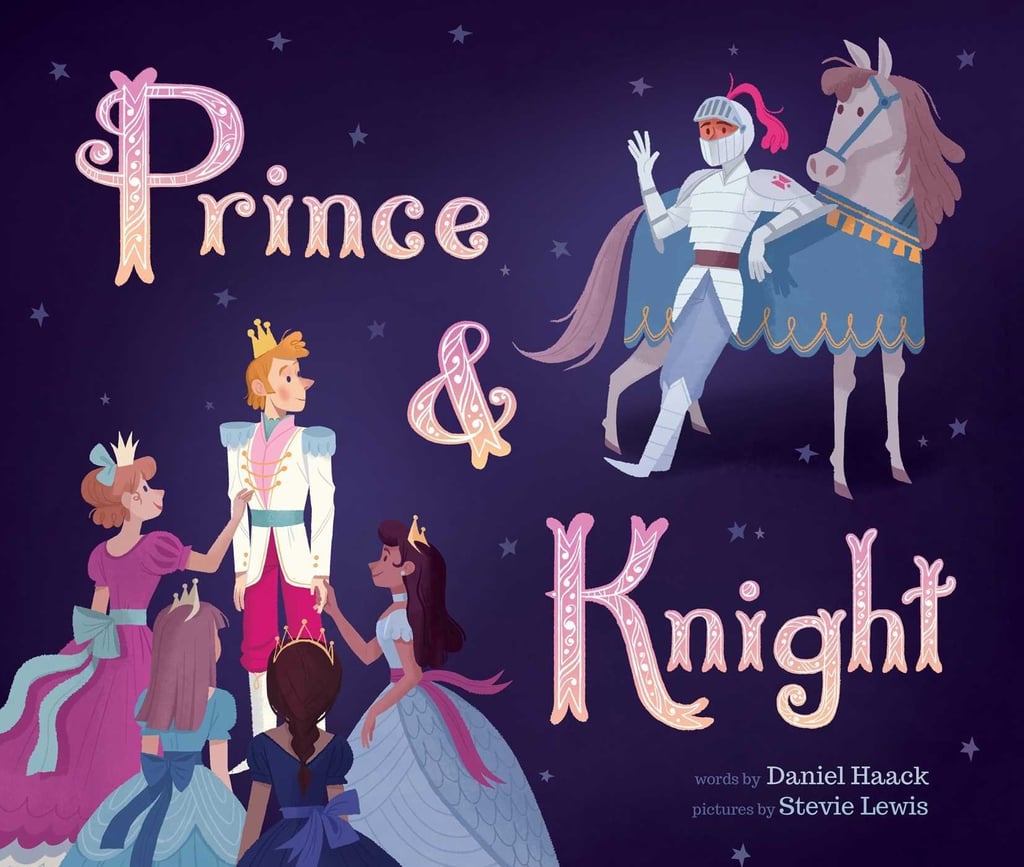




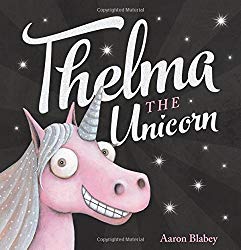
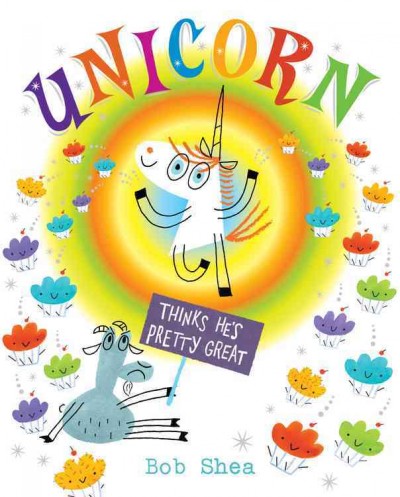
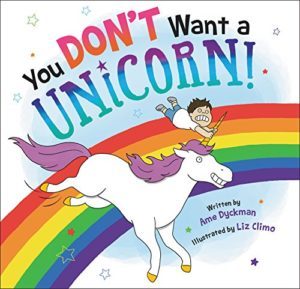
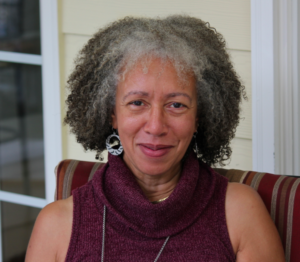 This month’s Author Interview is with NC-based writer Carole Boston Weatherford. She’s been on my short list for some time, and when I saw that she and
This month’s Author Interview is with NC-based writer Carole Boston Weatherford. She’s been on my short list for some time, and when I saw that she and 